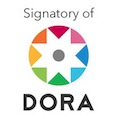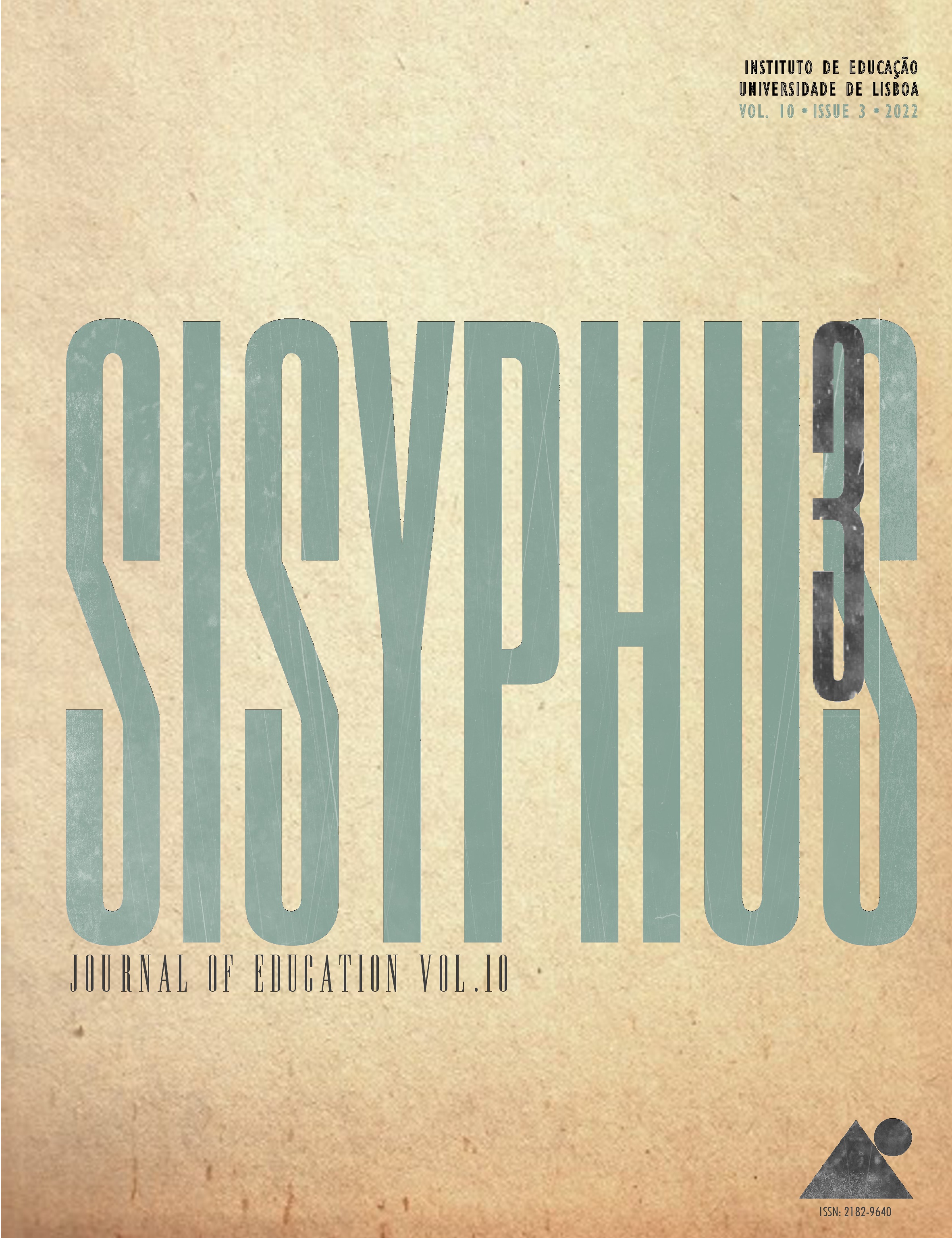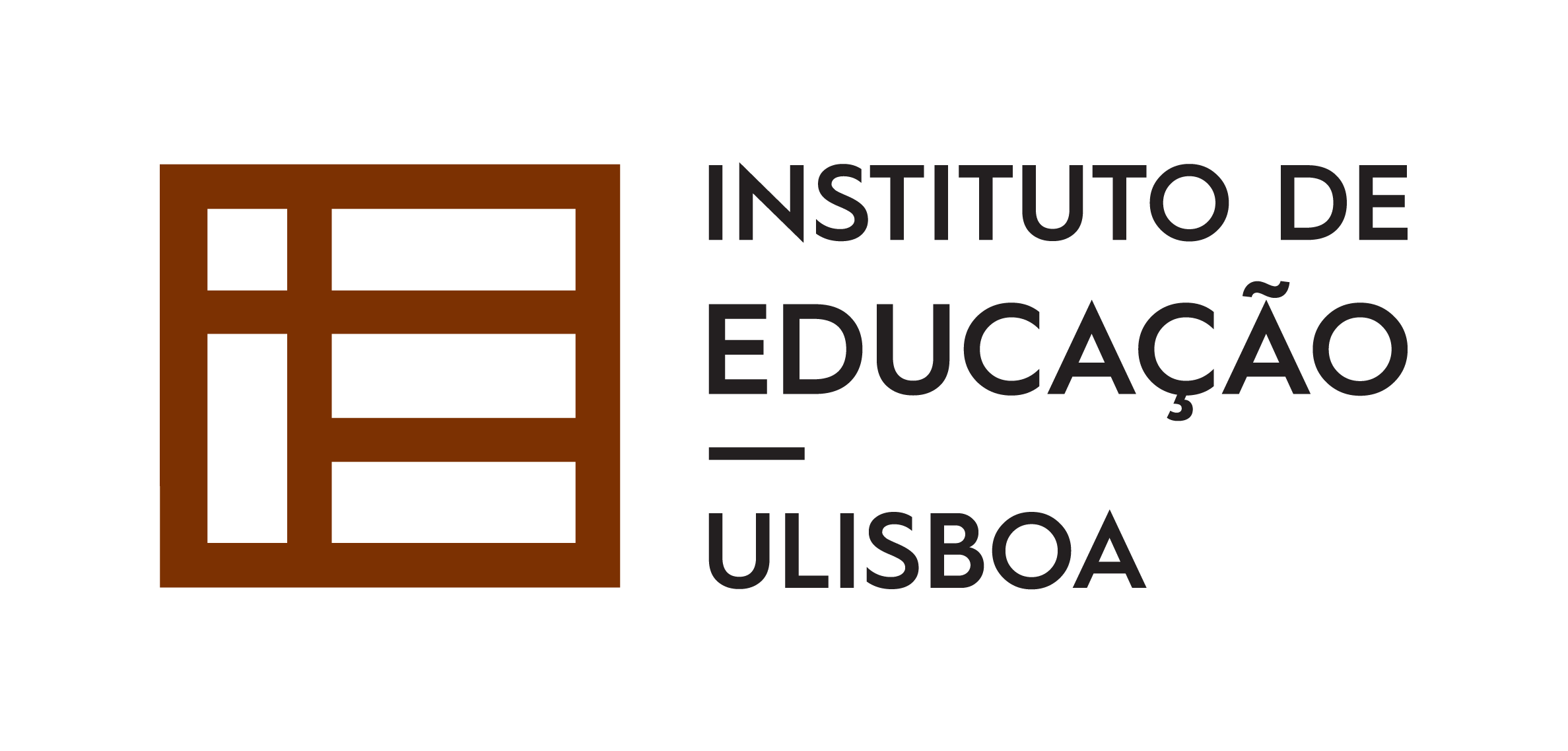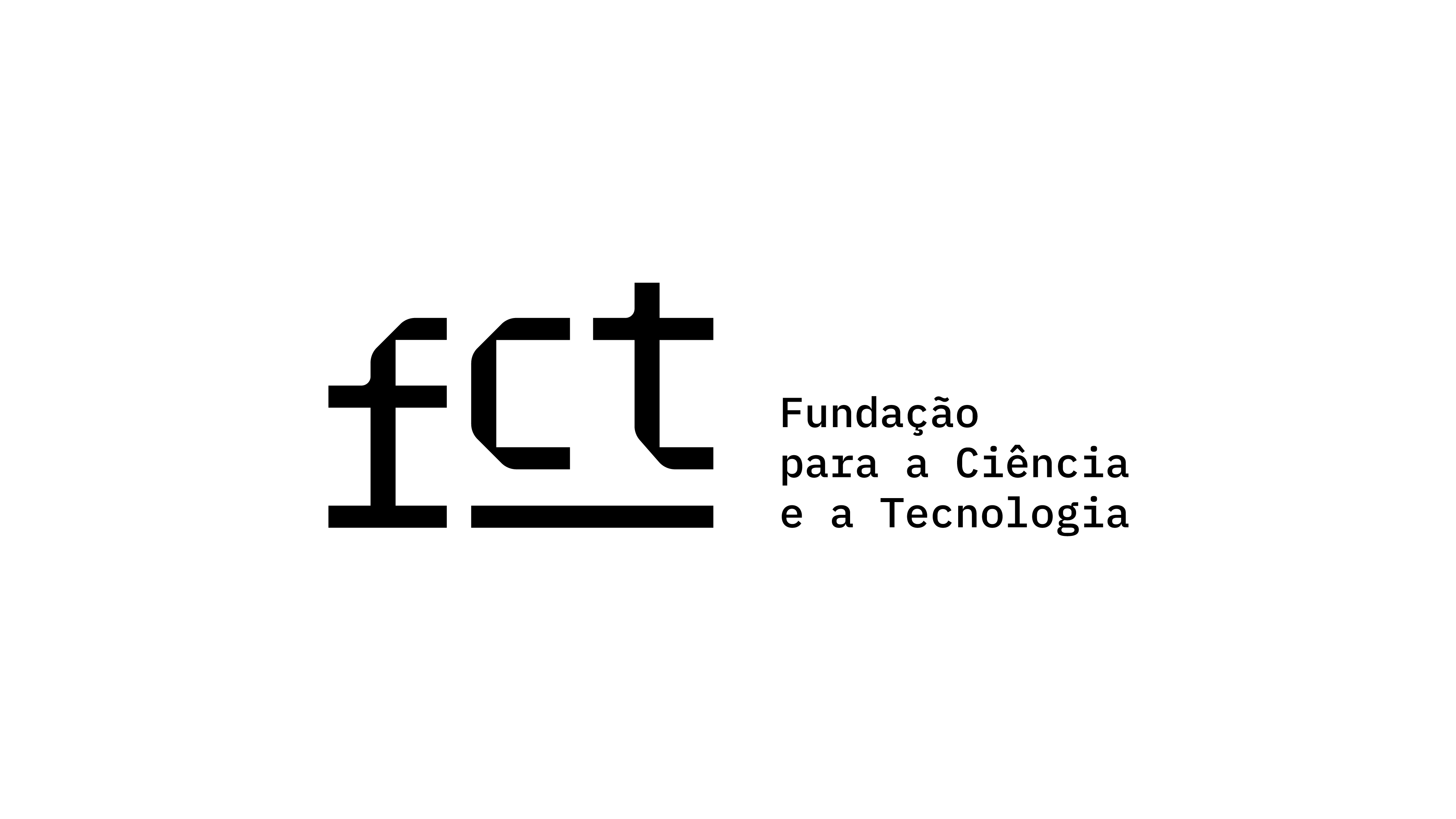The Universal Design for Learning (UDL) and Curricular Differentiation
Contributions to the Effectiveness of School Inclusion
DOI:
https://doi.org/10.25749/sis.27484Keywords:
universal design for learning, differentiation, school inclusionAbstract
This paper explores the interrelationships between Universal Design for Learning (UDL) and differentiated and pedagogical instruction and indicates the main challenges for the dissemination and achievement of UDL in the Brazilian context. The central argument of the paper is that UDL is a more comprehensive and proactive approach that aims to make the learning environment accessible to everyone and differentiated strategies can be used within UDL.
Downloads
References
Alsalamah, A. (2017). Differences between Differentiated Instruction and Universal Design for Learning. International Journal for Research in Education – IJRE, 6(10), 8-11.
Artiles, A. J., & Dyson, A. (2005). Inclusive education in the globalization age: The promise of comparative cultural historical analysis. In D. Mitchell (Ed.), Contextualizing Inclusive Education (1a Edição, pp. 37-62). London: Routledge.
Brasil (2018). Base Nacional Comum Curricular – 3ª versão. Brasília: MEC. Retirado de: http://basenacionalcomum.mec.gov.br/abase/
Center for Applied Special Technology. (2018). Universal design for learning guidelines version 2.2. CAST. Wakefield, MA: National Center on Universal Design for Learning. Retirado de: http://udlguidelines.cast.org
Choudhury, S. (2021). Differentiating between UDL and Differentiated Instruction. Novak Education. Retirado de: https://www.novakeducation.com/blog/udl-vs-differentiated-instruction-a-new-perspective
Dewhurs, J. (1996). Differentiation in primary teaching. Education 3-13. International Journal of Primary, Elementary and Early Years Education, 24(3), 27-36. doi: 10.1080/03004279685200281
Glat, R., & Pletsch, M. D. (2013). Estratégias educacionais diferenciadas para alunos com necessidades especiais. Rio de Janeiro: EDUERJ.
Griful-Freixenet, J., Struyven, K., & Vantieghem, W. (2020). Exploring pre-service teachers’ beliefs and practices about two inclusive frameworks: Universal Design for Learning and differentiated instruction. Teaching and Teacher Education, 107, 1-13. doi: 10.1016/j.tate.2021.103503
Griful-Freixenet, J., Struyven, K., Vantieghem, W., & Gheyssens, E. (2020). Exploring the interrelationship between universal design for learning (UDL) and differentiated instruction (DI): A systematic review. Educational Research Review, 29, 1-59. doi: 10.1016/j.edurev.2019.100306
Griful-Freixenet, J., Struyven, K., Verstichele, M., & Andries, C. (2017). Higher education students with disabilities speaking out: perceived barriers and opportunities of the Universal Design for Learning framework. Disability & Society, 32(10), 1627-1649. doi: 10.1080/09687599.2017.1365695
Hamdache, A. (2022). The Proximity of Universal Design for Learning and Differentiated Instruction. Academia Letters, Article 4987, 1-4. doi: 10.20935/AL4987
Lei Nº 13.146, de 6 de julho de 2015. (2015). Institui a Lei Brasileira de Inclusão da Pessoa com Deficiência. Retirado de: http://www.planalto.gov.br/ccivil_03/_ato2015-2018/2015/lei/l13146.htm
Mainardes, J. (2021). Alfabetização e prática pedagógica: trajetórias & vivências. Curitiba: CRV.
Marin, M., & Braun, P. (2018). Desenho universal para a aprendizagem e diferenciação curricular. Boletim de Educação Especial e Inclusão Escolar. Universidade Federal Rural do Rio de Janeiro. Observatório de Educação e Inclusão Escolar: práticas curriculares e processos de ensino e aprendizagem (ObEE), 2(2), 11-14.
Marin, M., & Braun, P. (2020). Currículo e diferenciação pedagógica - uma prática de exclusão? Exitus, 10, 1-27. doi: 10.24065/2237-9460.2020v10n0ID1154
Ministério da Educação. (2008). Política Nacional de Educação Especial na Perspectiva da Educação Inclusiva. Retirado de: http://portal.mec.gov.br/arquivos/pdf/politicaeducespecial.pdf
Morin, A. (2019). What is Universal Design for Learning (UDL)? Understood. Retirado de: https://www.understood.org/articles/en/universal-design-for-learning-what-it-is-and-how-it-works
Morris, R. (2018). Differentiation and Universal Design for Learners. In C. H. Rawson (Ed.), Instruction and Pedagogy in Public Libraries For Youth (1a Edição, pp. 147-167). Chapel Hill: School of Information and Library Science.
Moss, C. T., & Plumpton, C. (1983). Differentiation. London: Macmillan.
National Center on Universal Design for Learning. (2011). The three principles of UDL. CAST. Retirado de: http://www.udlcenter.org/aboutudl/whatisudl/3principles
Nevin, A., Falkenberg, C. A., Nullman, S., Salazar, L., & Silió, M. C. (2013). Universal Design for Learning and Differentiated Instruction: Resolving Competing Mandates of the Individuals with Disabilities Education Act and No Child Left Behind. Retirado de: https://digitalcommons.fiu.edu/cgi/viewcontent.cgi?article=1073&context=sferc
Pires, Y. R., & Mendes, G. M. L. (2019). Adaptar, adequar, diferenciar: reflexões a partir das políticas curriculares para o público-alvo da Educação Especial. Espaço do Currículo, 12(3), 390-403. doi: 10.22478/ufpb.1983-1579.2019v12n3.40581
Pletsch, M. D. (2021a, 15 de julho). Acessibilidade: princípio dos direitos humanos. [Arquivo de vídeo]. Retirado de: https://www.youtube.com/watch?v=hvnHyzsMIQQ
Pletsch, M. D. (2021b, 25 de outubro). Palestra – Desenho Universal da Aprendizagem (DUA). [Arquivo de vídeo]. Retirado de: https://www.youtube.com/watch?v=YOIpl52BOxI
Pletsch, M. D., Souza, F. F., & Orleans, L. F. (2017). A diferenciação curricular e o desenho universal na aprendizagem como princípios para a inclusão escolar. Revista Educação e Cultura Contemporânea, 14(35), 264-261. doi: 10.5935/2238-1279.20170014
Pletsch, M. D., & Souza, I. M. da S. de. (2021). Diálogos entre acessibilidade e Desenho
Universal na aprendizagem. In M. D. Pletsch, I. M. da S. de Souza, L. C. C. Rabelo, S. C. P. C. Moreira & A. R. de Assis (Orgs.), Acessibilidade e Desenho Universal na Aprendizagem (1ª Edição, pp. 13-25). Campos dos Goytacazes: Encontrografia.
Resolução Nº 4, de 2 de outubro de 2009. Institui Diretrizes Operacionais para o Atendimento Educacional Especializado na Educação Básica, modalidade Educação Especial. Retirado de: http://portal.mec.gov.br/dmdocuments/rceb004_09.pdf
Tomlinson, C. A. (1999). The differentiated classroom: Responding to the needs of all learners. Alexandria, Virginia: Association for Supervision and Curriculum Development.
Tomlinson, C. A. (2001). How to differentiate instruction in mixed-ability classrooms. Alexandria, Virginia: Association for Supervision and Curriculum Development.
Tomlinson, C. A. (2005). Grading and differentiation: Paradox or good practice? Theory Into Practice, 44(3), 262-269. doi: 10.1207/s15430421tip4403_11
Tomlinson, C. A. (2014). The differentiated classroom: Responding to the needs of all learners. (2º Edição). Alexandria, Virginia: Association for Supervision and Curriculum Development.
Tomlinson, C. A. (2017). How to differentiate instruction in academically diverse classrooms. Alexandria, Virginia: Association for Supervision and Curriculum Development.
Zerbato, A. P., & Mendes, E. G. (2018). Desenho Universal para a Aprendizagem como estratégia de inclusão escolar. Educação Unisinos, 22(2), 147-155. doi: 10.4013/edu.2018.222.04
Downloads
Published
Issue
Section
License
Copyright (c) 2022 Sisyphus — Journal of Education

This work is licensed under a Creative Commons Attribution-NonCommercial 4.0 International License.
Copyright (c) belongs to Sisyphus - Journal of Education. However, we encourage issued articles to be published elsewhere, provided that Sisyphus authorization is asked for and that authors integrate our original source citation and a link to our website.
Author Self-Archiving Policy
Author(s) are permitted to self-archive the final published version in institutional or thematic repositories, and in their personal or institutional websites.
DORA Signer
The Instituto de Educação da Universidade de Lisboa, Sisyphus' Publisher, is a San Francisco Declaration on Research Assessment signer.






